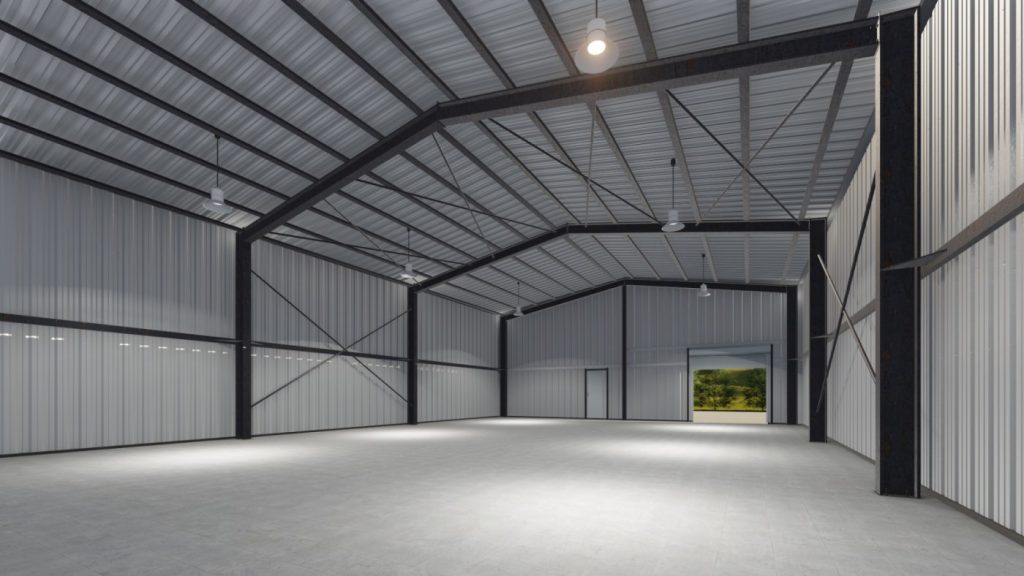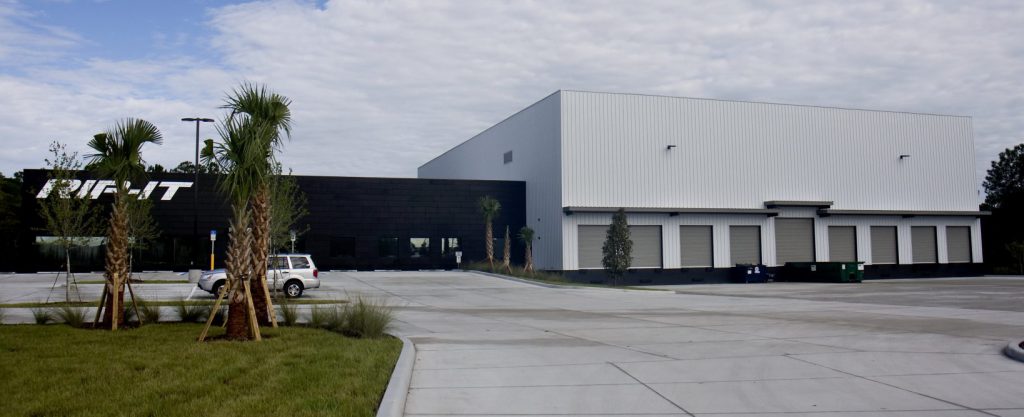Investing in property such as or offices is warehouse a significant financial decision. It is, therefore, very crucial for investors to look at the affordability of the investment. Affordability is evaluated using short-term and long-term aspects that will help you save money.
The short-term aspect you have to consider is the steel building kit price (which is very affordable at Allied Steel-Buildings). On the other hand, you must consider construction and maintenance costs in the long-term aspect. Primarily, these are the reasons steel building has gained popularity over traditional wood construction.
There are various benefits of using still building. However, the most outstanding aspect where the benefits combine is the insurance costs. Steel buildings have a lower risk hazard. As a result, they are looked upon with favor by insurance companies. Hence, you get a lower insurance rate for your property than traditional wood frame construction. Therefore, it is important to consider less expensive steel building insurance if you intend to use your building for personal or commercial purposes.
Insurance Rates
Several factors, including building elements and fire resistance, are used to determine the rates charged.
- Building elements. Elements are the building materials you use on your interior walls, exterior walls, and load-bearing. The better they can withstand disaster, the lower the insurance rate will be; the opposite is true.
- Fire resistance. It is the amount of time your building can withstand fire. Steel is noncombustible, which increases the duration a passive fire protection system will withstand fire.
ISO (Insurance Services Office), which is part of Verisk Analytics, is a key source of data concerning casualty insurance risks for assets for 50 years. Thus, a significant number of insurance companies in the US use ISO Construction Classifications. ISO Construction Classifications ranks buildings based on how well they can withstand fire. The information is then used to determine the rate at which you will get charged by insuring your building.
6 Classifications of Fire Resistance:

1. Fire-Resistive
The technique and fire prevention materials used are excellent. According to ISO, the building in this category has solid masonry walls, with a thickness of 4 inches and above. Also, the building can have hollow masonry walls, with a thickness of 8 inches and above or, using assemblies with fire resistance rates of at least two hours and above. In addition, roof and floor parts have a fire resistance rate of at least two above.
Vertical and horizontal, protected steel supports have a fire-resistance rate two hours and above. It includes pre-stressed concrete units. This class is the highest in ISO Construction Classifications.
2. Modified Fire Resistive
Generally, this class denotes multi-floored buildings occupied by masses, such as shopping malls. The building technique is similar to number 1 above. However, unlike Fire Resistive, the fire resistance rate is between 1 and 2 hours. Additionally, the thickness in this category is highly reduced. More importantly, it includes fireproofing techniques which in return reduce the risk of hazard.
3. Masonry Noncombustible
In this category, the structure has poured concrete with extra steel or structural steel. The exterior walls are fire resistance with a rating of one hour and above or masonry of 4 inches and above. The floor and the roof are noncombustible or slow-burning.
4. Noncombustible
In this class, the building has exterior walls constructed with noncombustible material. In addition, the roof and the floor are built with slow-burning or noncombustible material. The structure in this category is supported by noncombustible or slow-burning material.
5. Joined masonry
The outer walls in this category consist of fire-resistance material. The material on the outer wall has a rating of 1 hour and above. The floor and the roof structure have combustible material. Mainly, the combustible material is wood.
6. Frame
The exterior walls in this construction class have slow-burning or noncombustible material. However, the roof and the floor are constructed with combustible materials or outer walls built with slow-burning composite material or combustible wood. It is the lowest construction class. Due to the extra combustible material, the risk in this category is high. Due to this, insurance rates charged on the property per square foot are also high.
Steel buildings are easier to construct since little materials or waste is left. Thus, constructing personal and commercial steel-buildings is possible. However, it is impractical and cost-inhibitive for some investors, especially when considering building kits and equipment. For instance, not many investors are interested in building a warehouse or a small business with 8-inch hollow masonry walls or a four-inch-thick floor.
Additional Impacts on Steel Building Affordability
In addition to this, there is just a slight difference between class 1-3 and construction class four. Therefore, there will be additional construction and maintenance costs. Sadly, the increased costs will override the reduced insurance rates.
The above construction classes majorly apply to property investments under 15 thousand square feet. If your building is within that range, the classes will be considered when rating. However, suppose your property is above 15 thousand square feet. In that case, insurance providers will consider other factors, such as building type, the actual value of the building, region, and losses aggregated by the state. You can lower your insurance charge by including active fire resistance in your building.
For instance, if you intend to build a steel-building in a particular area affected by other elements and natural disasters such as hurricanes, tornadoes, sandstorms, your insurance provider will consider their possibility too. It is good to note; steel structures can withstand heavy elements. This significantly lowers the risk of damage than in traditional wood construction. In addition to fire and natural disasters, steel-buildings are strong, durable, and easy to maintain. Therefore, they are very attractive to insurance companies.
Maximize Low Cost Metal Building Construction With a Kit
Allied Steel Buildings constructing kit is completed faster than any traditional wood construction. Hence, they easily impress the insurance provider. Arguably, building a steel-building improves the life of your building, lowers the insurance cost, cost-effective, and variety of customization options. Are you thinking of building a steel-building at an economical price? Contact us for more help. Also, if you lack construction skills, do not hesitate to ask for help.

